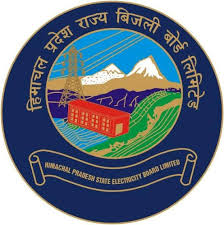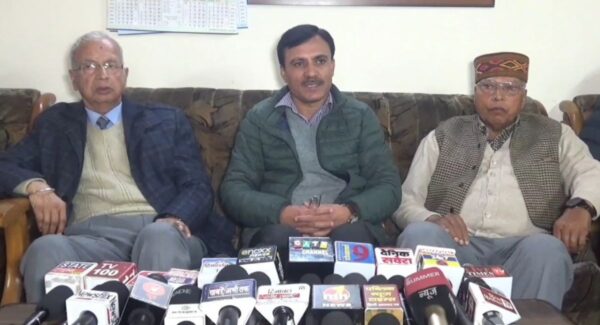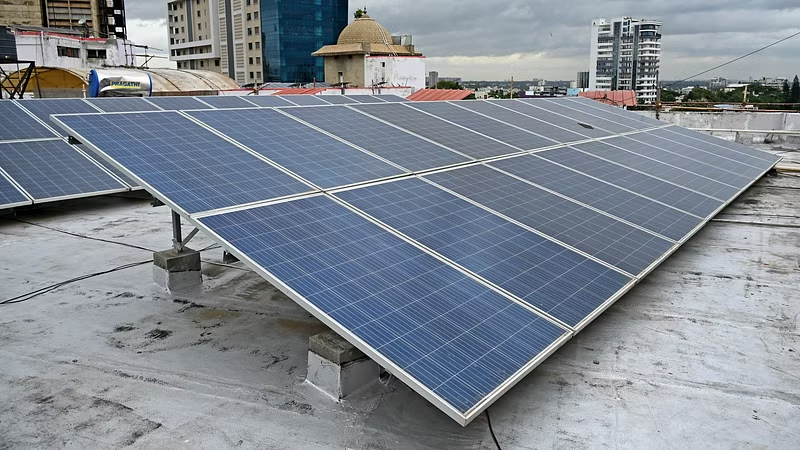Himachal Pradesh is currently grappling with a significant electricity shortage as declining water levels in rivers and ravines severely affect the state’s power generation capacity. The issue has worsened with the onset of winter, and unless there is a considerable amount of rainfall to replenish the water sources, the situation is expected to persist until March.
The state operates 26 power projects under Himachal Pradesh Electricity Board Limited, but these are producing only 17 lakh units of electricity daily—far below the required 370-380 lakh units. Some of these power projects have already been shut down, and others are operating at minimal capacity, with certain plants generating as little as 2-3 megawatts of power.
To bridge this gap in supply, Himachal Pradesh has been relying on external sources of electricity. Through banking agreements, the state imports 129 lakh units daily from Punjab and buys an additional 65 lakh units through direct purchases. However, this increased reliance on external electricity is putting a strain on the state’s financial resources.
Diary Times is now on Whatsapp Channels. Click here to join
The central share of power, provided by central government undertakings, supplies 90 lakh units daily. Of this, 27 lakh units come from the Nathpa Jhakri and Rampur projects run by Satluj Jal Vidyut Nigam, where output has also seen a significant decline. Additionally, independent power producers contribute 35 lakh units from their various projects.
Weather conditions are also influencing the state’s electricity demand. While consumption decreases during sunny afternoons, the demand spikes during colder weather, further exacerbating the crisis. Despite the state’s efforts to manage the situation through external power purchases, the challenges continue to mount, and any further deterioration could lead to major disruptions in the power supply.
The Himachal Pradesh Electricity Board is already incurring substantial losses due to its reliance on expensive electricity purchases. If the water levels in the state’s rivers and reservoirs do not improve soon, the financial strain on the board may worsen, potentially leading to even greater economic challenges.



